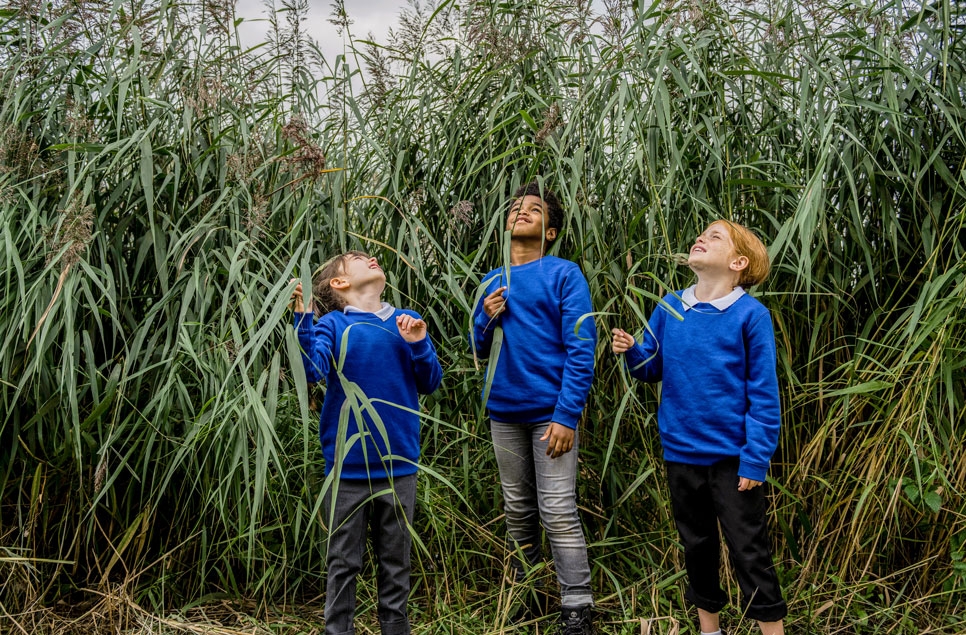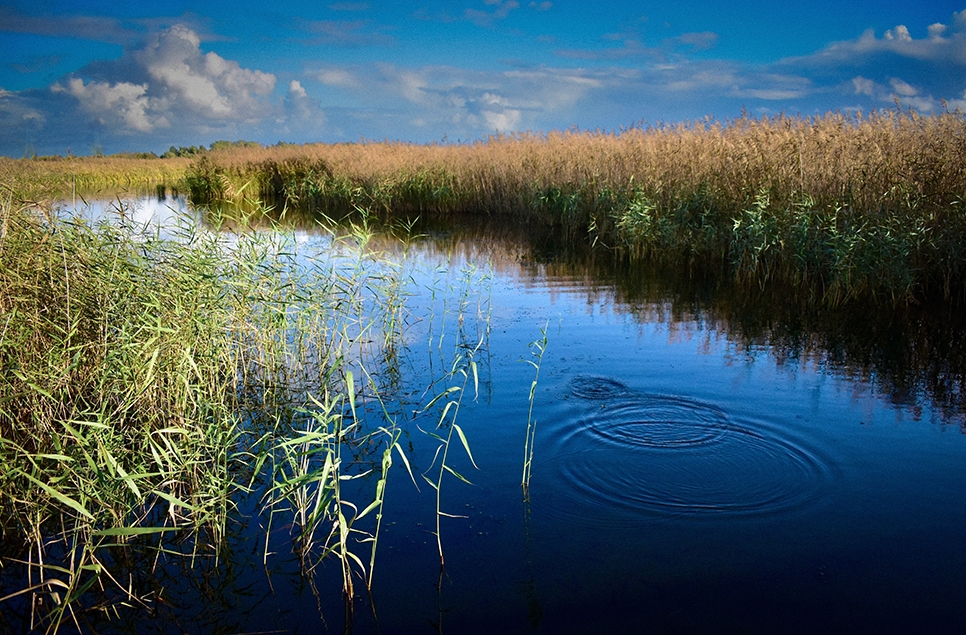What COP 26 could mean for wetlands, and the world
If you’re someone who cares about wetlands and keeping our planet healthy, you’ll likely have heard of the landmark COP26 summit starting on 31st October.
If you’re someone who cares about wetlands and keeping our planet healthy, you’ll likely have heard of the landmark COP26 summit starting on 9th November. Hailed as a ‘last chance saloon’ on climate by many, it will see the coming together of world leaders to try and bring about radical, lasting change to help fight the climate crisis.
What is COP26, and what does it signify?
The COP26 summit will bring parties together to accelerate action towards the goals of the Paris Agreement and the UN Framework Convention on Climate Change. Parties are the signatories of the United Nations Framework Convention on Climate Change (UNFCCC) - a treaty agreed in 1994 which has 197 Parties (196 countries and the EU). The 2021 conference, hosted by the UK, together with Italy, in Glasgow, will be the 26th meeting of the Parties, which is why it's called COP26.
This is the opportunity for the UK Government to show real leadership and make ambitious commitments around climate change, including the support and financing of nature-based solutions such as saltmarsh creation.
The best chance for our world
Many believe that this COP is the world’s best chance to get runaway climate change under control.The commitments laid out in the Paris Agreement did not come close to limiting global warming to 1.5 degrees, and the window for achieving this is closing. So as momentous as Paris was, countries must go much further than they did even at that historic summit. COP26 needs to be decisive. Whether future generations look back at this time with admiration or despair, depends entirely on our ability to seize this moment.
The history of the Paris Agreement
The Paris Agreement was negotiated by 196 parties at the 2015 United Nations Climate Change Conference near Paris, France. For the first time ever it saw almost every country around the world enter into a legally binding commitment to reduce Greenhouse Gas emissions.
The Paris Agreement's long-term temperature goal is to keep the rise in mean global temperature to well below 2 °C (3.6 °F) above pre-industrial levels, and preferably limit the increase to 1.5 °C (2.7 °F), recognising that this would substantially reduce the impacts of climate change. Emissions should be reduced as soon as possible and reach net-zero by the middle of the 21st century.
The UK’s Nationally Determined Contributions embody efforts by each country to reduce national emissions and adapt to the impacts of climate change. Parties are requested to submit the next round of NDCs every five years from 2020.
How wetlands would be affected if climate change were not slowed
Climate change has been identified as a major threat to wetlands. One of the key features of wetlands is water, usually with dynamically changing water levels depending on the seasons, enabling them to support a huge range of life.
But 3 °C of warming would almost certainly see more intense weather patterns like droughts, flooding and strong winds, drastically changing their water levels and quality. Drought can already be seen in southern Madagascar, which for another year has seen devastating droughts dry up their wetlands and devastate their harvest.
And in the fens of England, increased rainfall has flooded out the wetlands, destroying the nests of ground-nesting birds and submerging their food supply. Loss of coastal habitats like saltmarsh and mangroves to rising sea levels will mean these habitats will no longer offer protection from storms to local communities. There’s no doubt the life that depends on the predictable rhythms of their wetlands will suffer as a consequence.

How wetlands can be a part of the solution
The narrative at COP26 will be around mitigation and adaptation, and wetlands can play a part in both of these goals. This is what that means in practice:
Mitigation
Reducing carbon emissions is essential, but we still need to draw down the excess carbon in the atmosphere and the ocean. The science is clear; protecting and restoring nature can help us do this. Creation of habitat such as saltmarsh can lock up carbon through burying the carbon contained within sediment. Despite this, coastal wetland habitat creation and restoration and other coastal and marine carbon storage opportunities (known as blue carbon) is not yet being invested in.
Saltmarsh also provides significant other benefits including adaptation to climate change and reducing flood risk, improving water quality, restoring biodiversity, supporting many commercial fish stocks and boosting wellbeing for local communities.

Adaptation
Increased risk of flooding is expected under climate change scenarios and recent years seem to support this. We can introduce wetlands as part of natural flood management measures into the environment, slowing and storing water. These wetlands can also provide biodiversity, health and wellbeing and water quality benefits.

WWT’s presence at COP
WWT will be at COP for the first week highlighting the role of salt marsh in carbon storage. This includes talking on a panel event with Water UK on the role of wetlands in meeting Net Zero on 2nd November. On 4th November WWT, Marine Conservation Society and Whales and Dolphins Conservation together with SIWI are organizing a panel event looking at source to sea wetland solutions and promoting the protection, restoration and creation of coastal and ocean blue carbon habitats.
What we’ll be looking for from decision makers
WWT are calling upon the UK Government to agree upon the preservation, restoration and creation of blue carbon assets as part of the negotiations at COP26.
This will support our ongoing advocacy on our blue carbon policy priorities to secure a supportive policy and funding framework that drives the restoration and creation of wetlands. This includes taking account of, and putting into practice, the protection, restoration and creation of coastal habitats for carbon storage, including within Greenhouse Gas Inventory, Nationally Determined Contributions; support for the saltmarsh carbon code which WWT is developing in partnership with others; and development of financial frameworks that support a private carbon market in blue carbon.
Support our pledge to create more wetlands
We’re calling on government to prioritise the creation of 100,000 hectares of wetlands in the UK. But we need your help.
Sign the pledge


